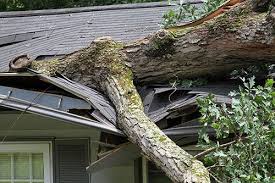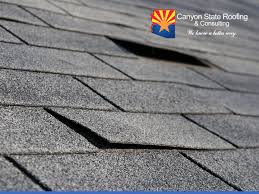To Re-roof or Not to Re-roof
- Mejaro Inspection Services

- Mar 3, 2021
- 3 min read
That is the question!

The roof is the first barrier between you and your belongings and the elements outside. Keeping the roof in shape is imperative for homeowners. Replacing a roof is a huge, costly task. When the roof is looking a bit worse for wear, do you replace the entire thing or do you repair issues? The short answer, it depends.
Repair
When high winds come through, they can rip and tear some shingles right off the roof leaving unsightly 'bald' spots. Other minor repairs would include the flashing around pipes and chimneys. These are typically easy and less expensive ($150 - $400) to replace, especially if you have leftover shingles. The downside is that if it has been a while since the roof was installed, those shingles may be a slightly different color now and don't match your roof exactly. Many people are willing to live with mismatched shingles for a year or two until they can save some money to replace the entire roof.
And, what if the repairs are more moderate? Moderate repairs may include ice and water damming or fixing/sealing around fixtures in the roof. Think skylights, chimneys, ventilation pipes, and fans. These costs can vary, depending on what exactly needs to be done and the intensity of the labor.
Repairing a roof over time can add up. If you are constantly repairing a roof, especially that one specific spot, every year, the cost may begin to sneak up on you. If that spot has not been properly repaired, the damage will continue to worsen. Now, you have to think about whether a completely new roof may have been a better choice.
Replace
When you get to the major repairs, it's likely time to just replace the entire roof. Luckily, if your roof has two layers of roofing material already in place, this decision is made for you. The International Code Council states that adding a third layer of roofing material is no bueno.
Attempting to determine if your roof needs to be repaired while standing at ground level is not the best idea. To really get the gist of what is going on with a roof, you need to climb up into that attic space and have a good look. It's a good idea, if safe, to walk the roof as well. Of course, if there is a layer of snow or ice, if it has been raining and the granules on the shingles have worn down, or if you have a three-story home, please DO NOT climb that ladder to check out the roof. Leave it to the professionals. You are not Spider-Man or Elastigirl.
Not all signs of severe roof damage are visible. Buckling shingles are less apparent than missing shingles. Do you hear a whistling sound when the wind blows? That could be a sign of a hole somewhere in the roof. Critters all over your roof? Yeah, there is no reason for them to be there unless you put bird feeders up there. (That's an entirely different issue.) Does your roof look like it has chickenpox? It could be missing granules or it could be you have moisture issues, the dreaded m-word. And, a really, really bad sign of roof deterioration is roofing nails around the perimeter of the house. This means the decking and shingles are so far gone, they can't hold the metal nails anymore. Ugh!
Having an annual roof inspection will help keep your roof in tip-top shape. And, maintaining your roof, will save you big bucks in the long run. Patching is only putting a band-aid on the problem for a short-term remedy.















Comments